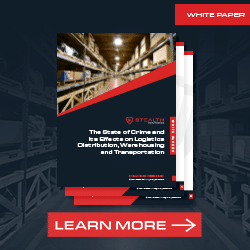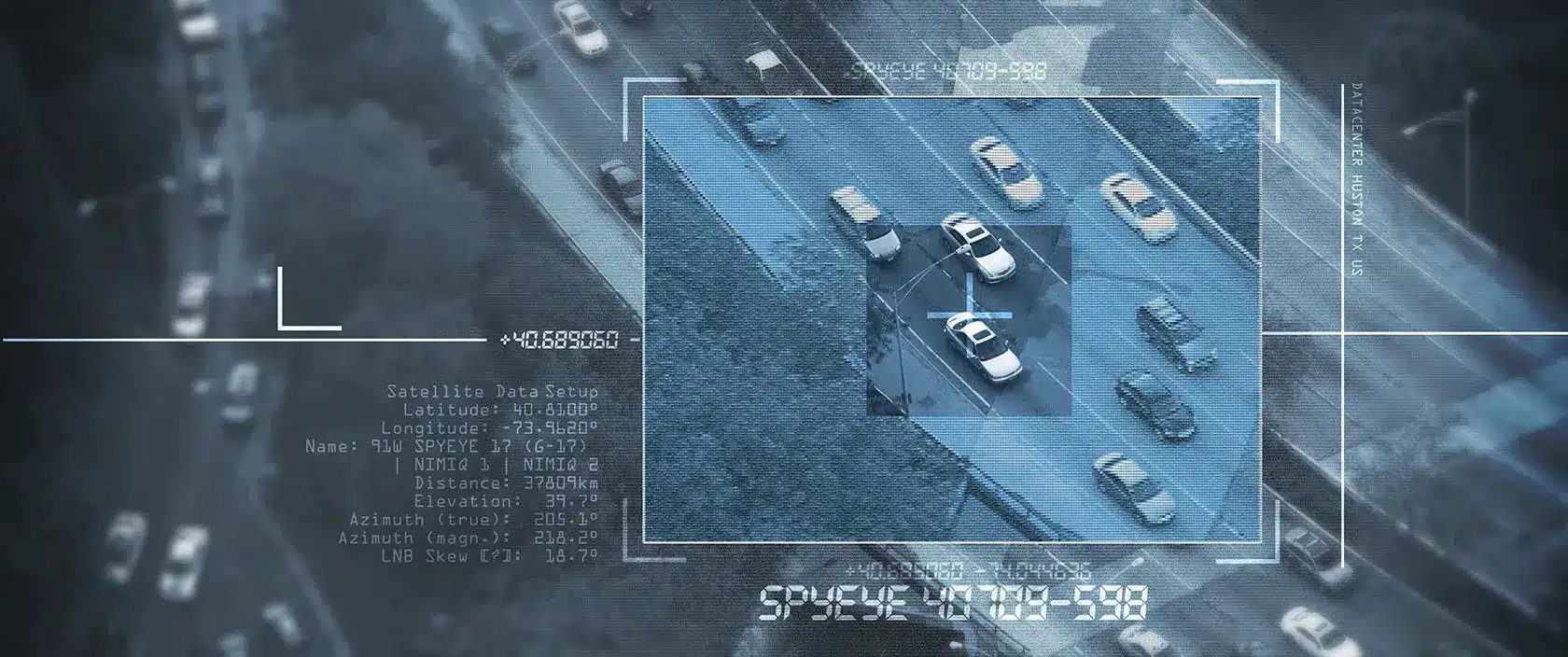Warehouse automation is soaring as ResearchAndMarket.com’s report
reveals the market will reach almost $31 billion by 2025. Additionally, a report from Brandessence shows a large increase from almost $15 billion in 2020 to almost $40 billion in 2027.
It should surprise no one when you consider all the factors affecting the adoption rate including the growth of industrial Internet of Things (IoT), the efficacy of robotics, e-commerce sales, artificial intelligence, and supporting technology like inventory management. The fragile supply chain has forced companies to find ways to improve efficiencies.
The pandemic is also propelling the need for more warehouse automation. Warehouses are experiencing labor shortages with workers getting sick or needing to care for sick family members. It’s become a bigger program with the very contagious Omicron. Anyone who tests positive has to stay home until they test negative.
“During COVID-19 episode, to reduce the risk of infection adoption of warehouse automation increases because warehouses adapt to changing stock counts, accounting for work in process (WIP), speeding order conveyance, carrying out social distancing and decentralization they will go to automated capacity,” Brandessence writes. “In COVID-19 pandemic, the warehouse automation resolves labor difficulties and manages unpredictable spikes in demand.”
All these factors together drive up the need for increasing efficiencies. Here are the top three predictions for warehouse automation.
1. Internet of Things
The Internet of Things is the process of connecting machines and equipment to the internet or other devices. This allows things like equipment, mobile phones, headphones, lighting, and wearable gadgets to communicate with each other.
IoT can help companies track the location of an item or vehicle, transportation data, packing, and shipment in real-time. A warehouse can have shelf sensors that help companies manage their inventory. For example, an item in the warehouse is almost out of stock. The IoT can notify personnel of its low inventory status so they can replenish it.
Another valuable IoT tool is its ability to monitor the working conditions of equipment and machines. This ensures all equipment and machines remain optimized. It will alert the staff when something needs maintenance. This reduces downtime, repair costs, and chances of injury due to malfunctions.
There is IoT available that can monitor moving equipment such as autonomous mobile robots (AMR) and people. Workers will have a wearable IoT device to track their location. Anytime the IoT on the moving equipment senses a worker nearby, it will stop. This helps prevent injuries.
2. Robots
The field of robotics has seen major advancements that allow them to be used in packing, picking, inspection sorting, and transporting. The Brandessence report indicates that shipments for robots and automatic guided vehicles (AGV) were expected to reach 620,000 in 2021, a massive increase of over 40,000 shipments in 2016.
You know how Roomba vacuums learn a pathway and know to stop when it detects something or someone? Autonomous mobile robots work in a similar way. They can navigate around the warehouse with built-in sensors to retrieve goods and deliver them. They’re able to maneuver around obstacles whether it’s an errant object or a worker.
Robots can do picking and packing, heavy lifting, and moving shelves. They can even sort, scan, and organize documents more effectively than humans. A Robotics 24/7 article states the AMR market will be worth almost $7 billion in 2025. This and many articles explain that these robots aren’t taking jobs away from people. They’re allowing humans to focus on more important tasks while leaving the tedious, injury-prone ones to the robots.
An Amazon blog post reports the company is currently testing robots to take over strenuous tasks to increase safety. They’re testing robots to move totes, carts, and packages around its fulfillment centers. They’re trialing a workstation system they call “Ernie” who takes totes off a robotic shelf and uses its robotic arm to give them to employees. Employees will be able to remain in a comfortable and ergonomically friendly position.
And yes, they have another autonomous mobile robot named “Bert.” This one can carry items across a facility, which also increases safety.
3. Remote Video Surveillance with Video Analytics and Artificial Intelligence
Before the integration of analytics and artificial intelligence into video cameras, companies had to rely on employees to monitor video cameras. Staring at multiple monitors for many hours turns monitoring into a monotonous task where it’s too easy for the observer to miss something important.
This traditional video surveillance simply consists of security cameras watching over the warehouse. Everything the cameras see is saved as recordings. When something happens, someone will have to spend a lot of time searching the recordings to locate the incident. This is a tedious and reactive approach to security. It cannot catch something before it happens or as it happens.
Add video analytics and artificial intelligence (AI) to video surveillance and the technology gets a brain and becomes a proactive security tool. This combination helps warehouses become more efficient. The data from analytics and AI can find patterns in worker behaviors.
With many trucks and vehicles coming and going on a warehouse property, it will be important to capture identifying information with video surveillance. Remote video surveillance with license plate technology that integrates analytics and AI gives cameras the ability to read license plates.
As a result, the technology can determine which vehicles can enter a property or the parking garage. If the vehicle is a truck bringing in cargo, then the system will alert the on-call trained monitoring operator. The operator talks to the truck driver via a two-way speaker and can see the driver on the monitors. Once the operator confirms the driver is making a delivery, then the truck driver can enter the premises.
The addition of analytics and AI in security cameras lets it watch for specific scenarios. When the system receives a match, then it takes action based on what the programming instructions tell it to do. For instance, it detects someone approaching the property after-hours when no one should be on site. It alerts the operator who sends an audio warning to the intruder. During daytime hours, analytics can verify that only approved workers can enter a warehouse.
Video surveillance with analytics and AI can monitor everything it sees with greater accuracy. In the past, many things could set it off, such as a flying plastic bag or an animal. Advancements in AI and analytics reduced the number of false positives.
That’s because this technology relies on machine learning to differentiate objects, animals, and people. Analytics and AI don’t replace trained monitoring operators. The human operator’s job is to watch for alerts and investigate them. These operators are located offsite away from the warehouse. Their jobs are never in danger like they are for security guards.
Smart video surveillance systems also speed up searches. No longer are analysts having to go fast forward and rewind to find incidents. They can now enter keywords and other information to accelerate the search. The analytics and AI make it possible to search just like you do an online search.
Video surveillance isn’t just for security. It can help enhance productivity by identifying bottlenecks and problem areas. In working with a video surveillance company like Stealth, you could see an increase in productivity and security, benefit from faster police response times, and ensure there are eyes on the entire perimeter 24/7.
How Warehouse Automation Protects and Enhances Operations
Cargo theft and other crimes are still a problem for warehouses. More so now thanks to the supply chain problems that will stick around for at least most of this year. When you add IoT, robots, video surveillance, and other technologies to warehouse operations, it further justifies the need to bolster warehouse security.
Integrating technologies like the Internet of Things can also put the warehouse at a greater risk of theft. Additionally, IoT can be hacked. That’s why it’s critical to check out your vendors and technology. Ask a lot of questions about the technology and how to protect it from hacking. Some of the more secure IoT and technologies receive regular software updates.
Warehouse automation technology like video surveillance yields a fast ROI because you won’t have to hire security guards, or you can reduce the number of security guards you need. Video surveillance with monitoring and hardware is 25% to 60% more cost-effective than traditional security and security guards.
How do you go about selecting the right technology? It depends on your requirements, budget, operations, and property layout. Work with a security consultant with proven experience in working with warehouse operations to determine what you need. They’ll be able to customize a system that helps you achieve your security and warehouse operations goals. Ask them for video clips and referrals from clients in your industry.
Here’s a warehouse security video of thieves tampering with a trailer. In this scenario, a trained monitoring operator from Stealth issued a verbal warning over the speaker. The intruders ignored the warning. Meanwhile, the police were already on their way to the warehouse. They arrived in time to capture the suspects before they got away.
Clearly, video surveillance does more than just catch criminals as it helps deter crime and protect your expensive assets. Check out the free guide to learn how remote video surveillance helps increase safety, lower risk and liability, and save on insurance and operational costs. If you’d like to learn more about warehouse security, please contact us.




